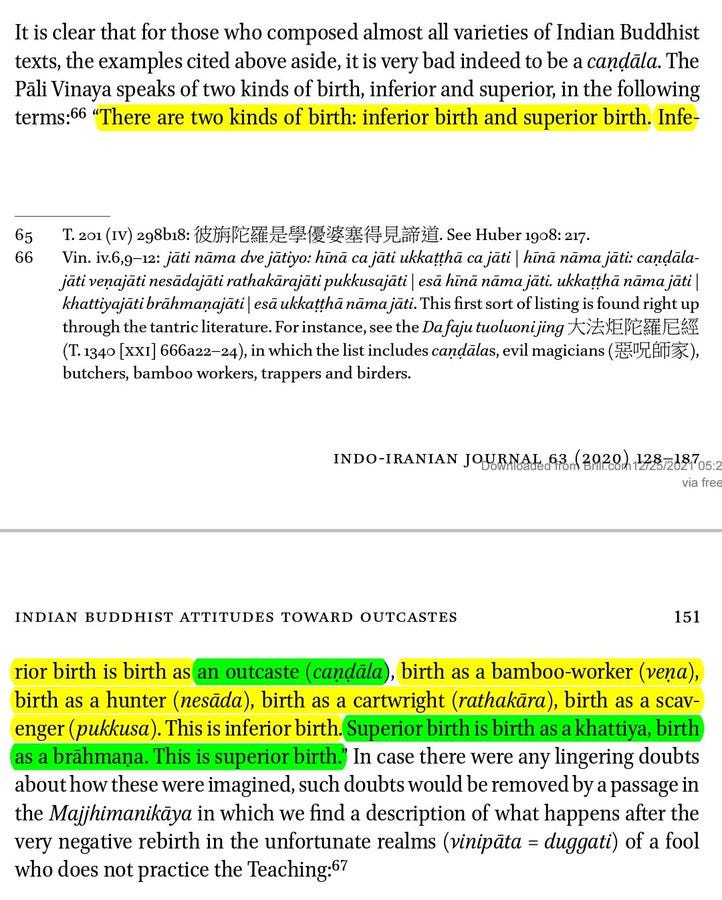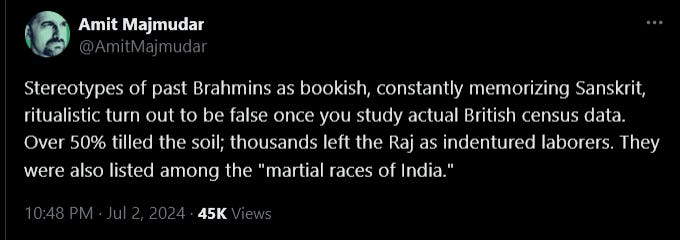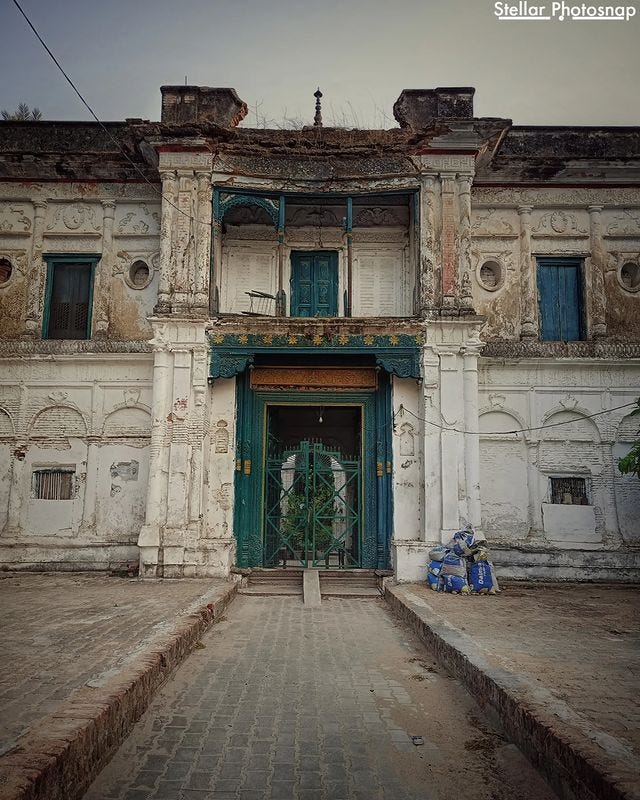Week 238: Three Bodies of Vedanta, Buddhism and Caste, Brahmin Occupations
07/06/2024 - Modern Hindu Content
Welcome to Eternal Path! This week we feature: Three Bodies of Vedanta, Buddhism and Caste, Brahmin occupations, and an aesthetic!
Philosophy Highlight: Three-Bodies
In Hinduism, specifically Vedanta, the concept of three bodies, or "trikaya," refers to the different aspects or layers of existence attributed to beings, particularly in relation to the self or soul. These were famously described by Adi Shankaracharya in his text Vivekachudamani in Verses 154-224 and in his text Tattva Bodha. These three bodies are:
Sthula Sharira (Gross Body): This is the physical body that we can see and touch. It's made up of the five elements (earth, water, fire, air, and ether) and is subject to birth, growth, decay, and death.
Sukshma Sharira (Subtle Body): Also known as the astral body or linga sharira, this is the non-physical body that contains the mind, intellect, and ego. It's believed to be the seat of thoughts, emotions, and desires. This body is said to survive death and carry karmic impressions from one life to the next.
Karana Sharira (Causal Body): This is the most subtle of the three bodies, often described as the seed or root cause of the other two. It's associated with deep sleep and is said to contain the essence of one's being, including all past karmic impressions and tendencies.
These three bodies are interconnected and influence each other. In Hindu philosophy, particularly in Vedanta, understanding and transcending these bodies is considered crucial for spiritual realization and liberation (moksha).
Religion Highlight: Buddhism and Castes
As we’ve highlighted in Week 149 and Week 183 the popular idea of Buddhism being anti-Caste is wrong. Here is more evidence:
History Highlight: Actual Brahmin Occupations
Propaganda against Hindus often paints Hinduism as some sort of “Brahmins oppressing everyone else while memorizing Sanskrit phrases”, this is entirely historically inaccurate.
Propaganda against Brahmins in that manner dehumanizes other Hindu castes by denying them agency over their own history. It also leads to actual violence and dehumanization against Brahmins, most visible in the vile rants of Dravidian politicians and Ambedkarites, who use Brahmins as a stand-in for Hindus.


